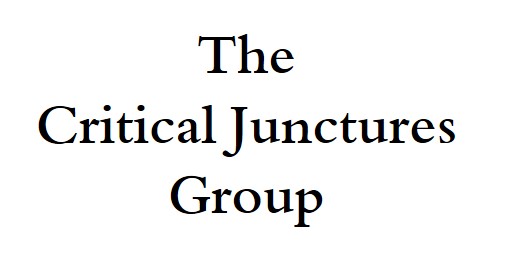I was invited recently to be a juror in a mock trial for Professor Michael Finkelstein’s Statistics for Lawyers class at Columbia University Law School. The core issue of the trial was whether or not a major teaching hospital was discriminating against women, as to promotion and salaries. Students played the roles of prosecutors, defense attorneys, and plaintiff (a woman doctor.) In addition to presenting opening and closing arguments, each side presented an expert witness — a real-life statistics professor whose job it was to show how the "numbers" supported their respective side’s case (something that business professionals have to do all the time). While the subject of the case interested me, I was a little nervous about my ability to make a decision based on regression and other statistical analyses. But being a business numbers person, I figured I’d give it try. Plus, I thought it might be good practice for jury duty, which I start at the end of May.
Participating turned out to not only be great fun but also a reminder of something that I talk about all the time — the importance of avoiding jargon and keeping your presentation simple, focusing only on the key numbers that matter to your business, and not bombarding your audience with lots of extraneous facts that end up being a distraction rather than building your case.
Both sides in this case presented mountains of jargon-ridden scenarios based on their warring statistical analyses. No one but a mathematician it would have had a prayer of keeping up. Even the lone college math major on our jury had a hard time keeping track of all the jargon and numbers the lawyers threw at us. When we got in to the jury room, the first thing we did was try to identify which of the myriad statistics mattered. I’m sure we forgot about some of the numbers and misunderstood others. For each of the two counts (promotion discrimination and salary discrimination), we ended up focusing on only one number and tossing out all the rest of the analysis. The numbers we chose were the ones least burdened with fanfare. And we favored the lawyers who presented their case in a straightforward manner and didn’t seem to be hiding behind a cloud of information.
The experience was a great reminder of the importance of simplicity and focus. Numbers are vital to telling the story of a business clearly and completely. Don’t let yours be found guilty of obscuring and confusing.

Very smart post. Thanks for sharing your experience! Experts suggest using a similar approach for media outreach. Statistics should be used on a limited basis, primarily for print – simple messages are better, particularly for radio and television.
Welcome to the blogging world!
kindly,
kirsten